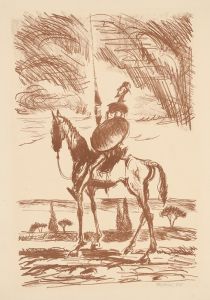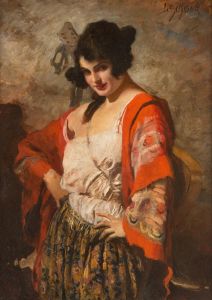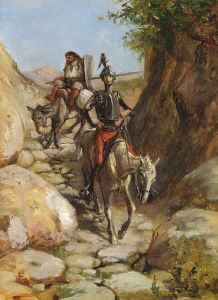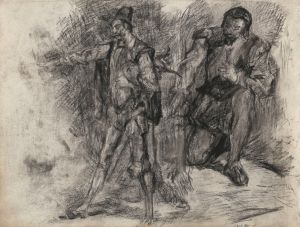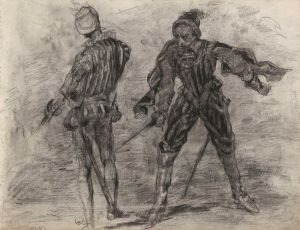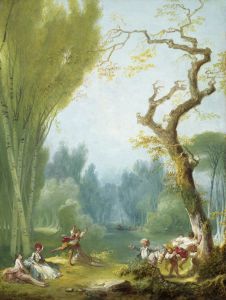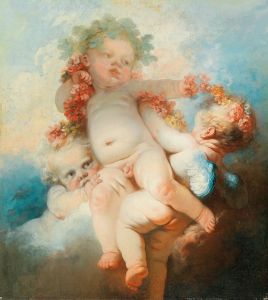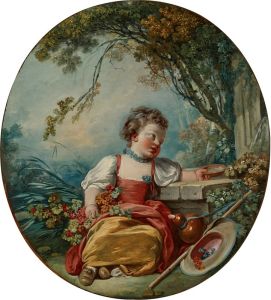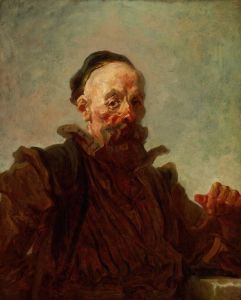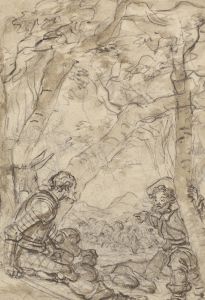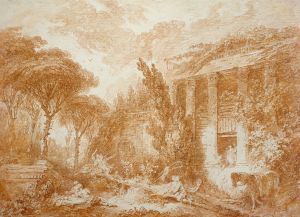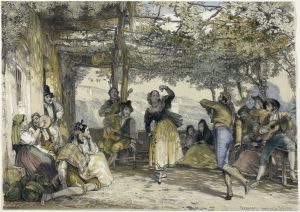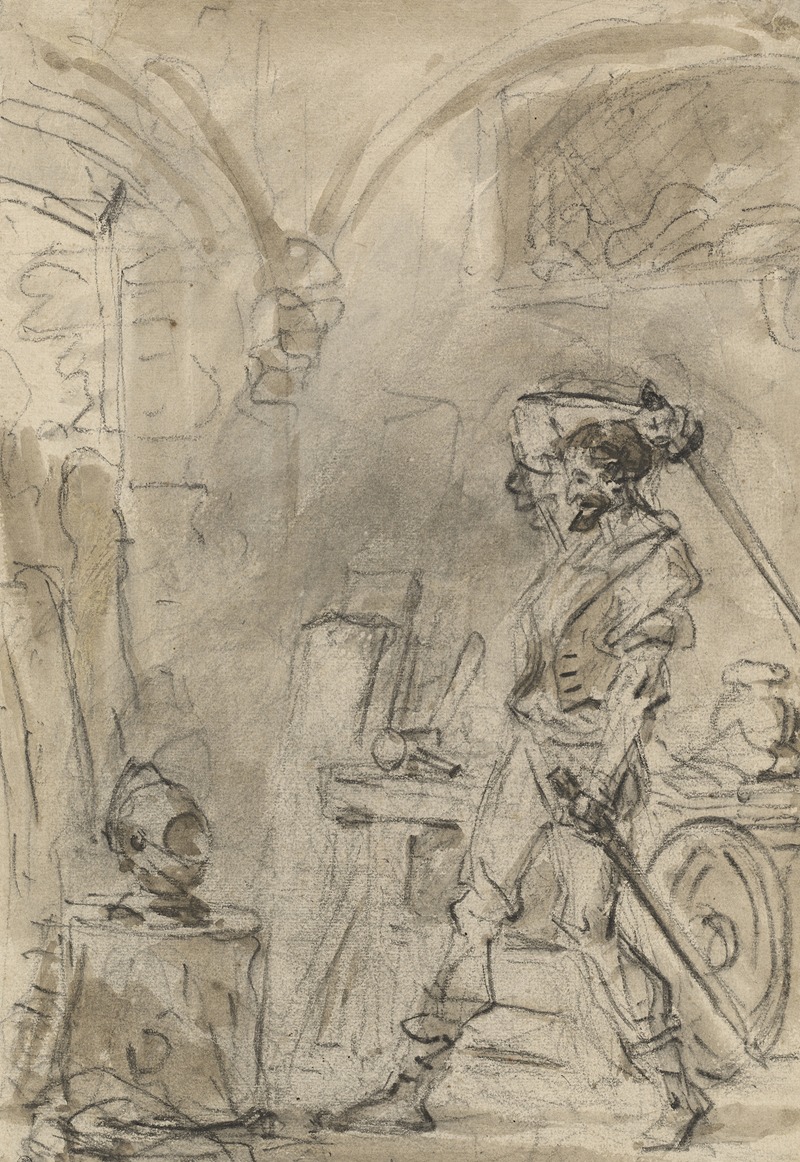
Don Quixote about to Strike the Helmet
A hand-painted replica of Jean-Honoré Fragonard’s masterpiece Don Quixote about to Strike the Helmet, meticulously crafted by professional artists to capture the true essence of the original. Each piece is created with museum-quality canvas and rare mineral pigments, carefully painted by experienced artists with delicate brushstrokes and rich, layered colors to perfectly recreate the texture of the original artwork. Unlike machine-printed reproductions, this hand-painted version brings the painting to life, infused with the artist’s emotions and skill in every stroke. Whether for personal collection or home decoration, it instantly elevates the artistic atmosphere of any space.
Jean-Honoré Fragonard's painting "Don Quixote about to Strike the Helmet" is an evocative work that captures a moment from the classic Spanish novel "Don Quixote" by Miguel de Cervantes. Fragonard, a prominent French Rococo painter, is known for his exuberant and fluid style, which is evident in this particular piece. The painting is believed to have been created in the late 18th century, a period when Fragonard was actively producing works that often depicted scenes of romance, fantasy, and adventure.
"Don Quixote about to Strike the Helmet" illustrates a scene from the novel where the protagonist, Don Quixote, is engaged in one of his many delusional adventures. In the story, Don Quixote, inspired by tales of chivalry, sets out to revive knighthood and bring justice to the world. His imagination often leads him to misinterpret ordinary objects and situations as grandiose challenges. In this painting, Fragonard captures the moment where Don Quixote, in his madness, mistakes a barber's basin for the mythical helmet of Mambrino, a legendary object that he believes will grant him invincibility.
Fragonard's artistic style is characterized by its dynamic composition and the use of light and shadow to create a sense of movement and drama. In this painting, he employs these techniques to convey the intensity and absurdity of Don Quixote's actions. The figure of Don Quixote is depicted with a sense of urgency and determination, his posture and expression reflecting his misguided conviction. The surrounding environment is rendered with Fragonard's typical loose brushwork, which adds to the dreamlike quality of the scene.
The painting is a testament to Fragonard's ability to blend humor with a keen observation of human folly. By choosing to depict this particular moment from "Don Quixote," Fragonard not only pays homage to Cervantes' literary masterpiece but also explores themes of illusion versus reality, a common motif in both the novel and the Rococo period. The work reflects the 18th-century fascination with the whimsical and the fantastical, as well as the era's interest in literature and storytelling.
Fragonard's "Don Quixote about to Strike the Helmet" is part of a larger tradition of artists interpreting scenes from Cervantes' novel. The story of Don Quixote has inspired countless artists over the centuries, each bringing their own interpretation to the tale's rich tapestry of characters and events. Fragonard's contribution stands out for its lively execution and the way it captures the spirit of the Rococo movement, with its emphasis on movement, emotion, and the playful exploration of themes.
While the exact details of the painting's provenance and current location may not be widely documented, Fragonard's work remains an important part of the artistic dialogue surrounding "Don Quixote." It serves as a reminder of the enduring appeal of Cervantes' novel and the ways in which it continues to inspire artists across different mediums and time periods. Through his painting, Fragonard invites viewers to reflect on the nature of perception and the thin line between reality and imagination, themes that are as relevant today as they were in the 18th century.





